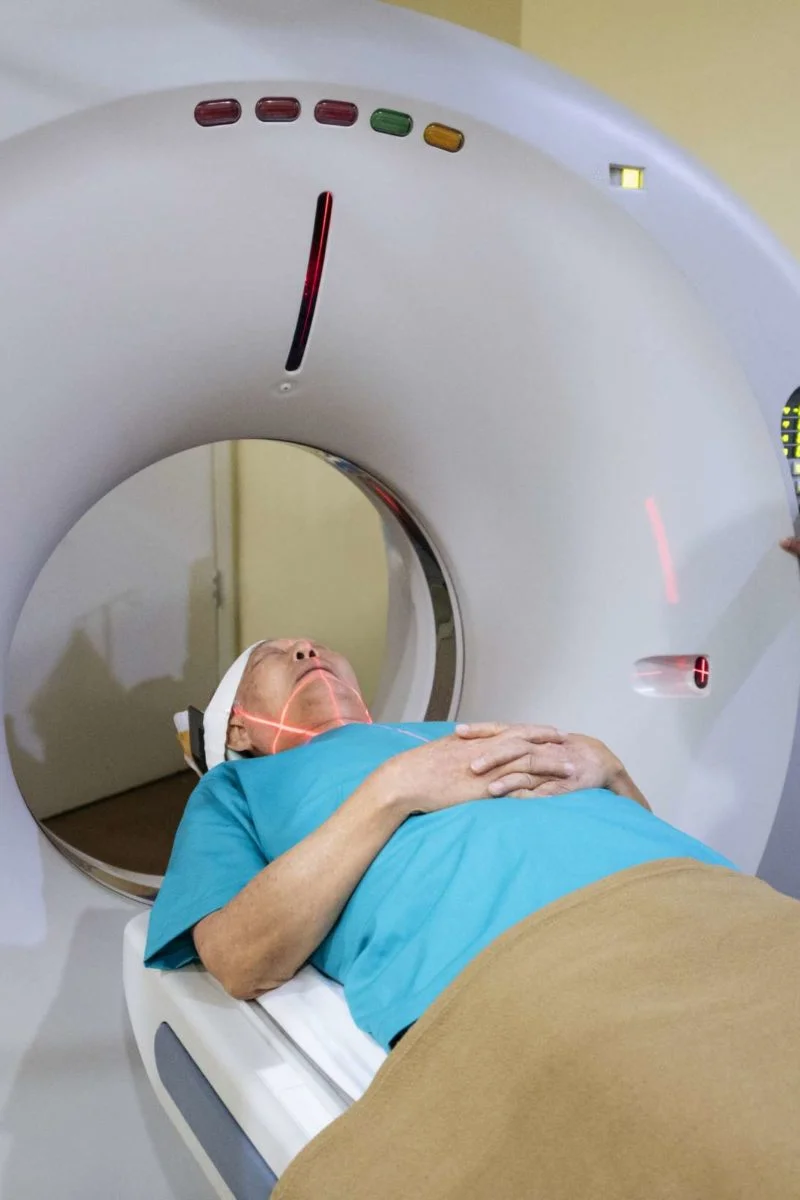Computed tomography, also known as CT scanning or a CAT scan, is an imaging procedure that uses special x-ray equipment to create detailed pictures, or scans, of areas inside the body.
A CT scan can be used to detect bone and joint problems, cancers, blood vessel abnormalities, infections and other conditions. It may also be used to guide procedures such as surgery or biopsies.
How is a CT scan performed?
You will lie on a table that slides into the doughnut-shaped opening of the CT scanner. During the test, an x-ray technician will take multiple images of your body from different angles while you hold your breath for short periods of time. The images are then sent to a computer where they are viewed by a radiologist (a doctor who specializes in interpreting images). A report will be sent to your doctor within one or two days.
What are the benefits and risks of having a CT scan?
CT scans expose you to more radiation than regular x-rays. However, the risk from exposure to low levels of ionizing radiation from medical imaging is very small when compared with other risks we face every day (such as air pollution and smoking). The benefit of having an accurate diagnosis outweighs the small risk posed by radiation exposure from a CT scan.
Ct Scan
54


